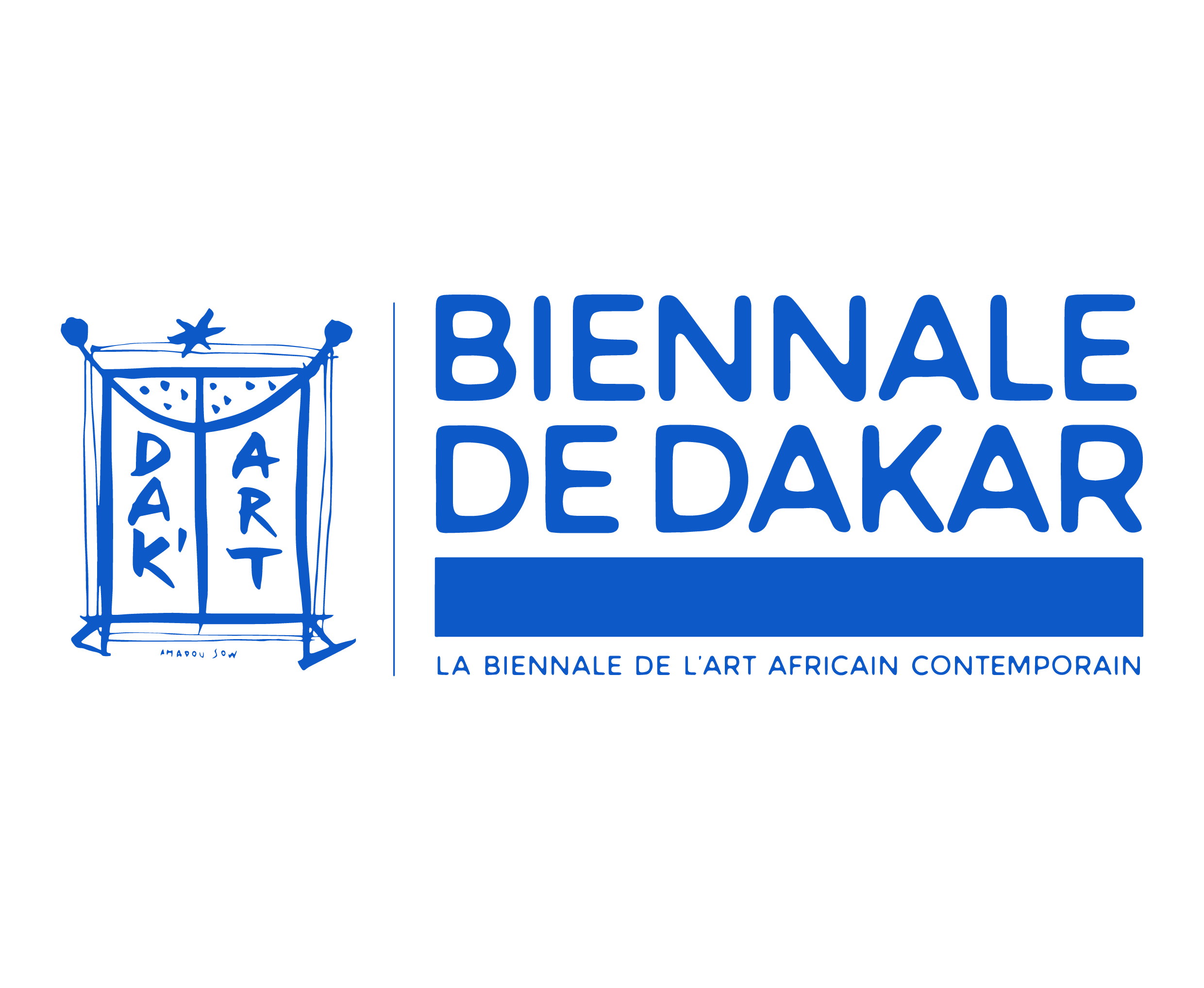Né en 1968 à Bafang au Cameroun, Hako Hankson vit et travaille aujourd’hui à Douala. Artiste autodidacte, Hako, de son vrai nom Gaston Hako, était promis à un avenir tout autre. Titulaire d’un brevet de technicien en mécanique automobile, dès les classes de primaires, il ne peut s’empêcher de décorer ses salles de classe. Hako a grandi sous l’influence de l’art et des cultures des sources de son pays. Son père était un des plus grands notables du Cameroun en plus d’être sculpteur et musicien au Palais Royal. Hako a donc été élevé entouré d’objets des rites d’initiation : masques, statuettes, totems dont se servait son père. Autant d’éléments qu’on retrouve aujourd’hui dans ses œuvres. Ces sources d’inspirations, insérées minutieusement dans son travail, nous plongent dans l’univers féérique des personnages des contes et louanges de ses ancêtres, frôlant ainsi la limite qui sépare profane et sacré. Hako pose un regard sur la dualité entre tradition et contemporanéité et nous invite ainsi à questionner « les cendres » de notre passé pour y puiser, et surtout redéfinir, notre Africanité. Qu’il s’agisse de dessins, de peintures, de sculptures ou de toutes autres formes artistiques, sa démarche et son style sont reconnaissables de par l’unité qui se dégage dans ses œuvres.
Born in 1968 in Bafang, Cameroon, Hako Hankson now lives and works in Douala. A self-taught artist, Hako, whose real name is Gaston Hako, was promised a completely different future. Holder of a diploma of technician in automobile mechanics, he could not help but decorate his classrooms from primary school onwards. Hako grew up under the influence of the art and culture of his country’s sources. His father was one of the greatest notables of Cameroon, in addition to being a sculptor and musician at the Royal Palace. Hako was therefore brought up surrounded by objects of initiation rites: masks, statuettes, totem used by his father. These are all elements that can be found today in his works. These sources of inspiration, meticulously inserted into his work, plunge us into the fairy-tale world of the characters of the tales and praises of his ancestors, thus brushing up against the limit that separates the profane from the sacred.Hako also takes a look at the duality between tradition and contemporaneity and invites us to question the « ashes » of our past in order to draw from them, and above all to redefine our Africanity. Whether in drawings, paintings, sculptures or any other artistic form, his approach and style are recognisable by the unity that emerges in his works.
